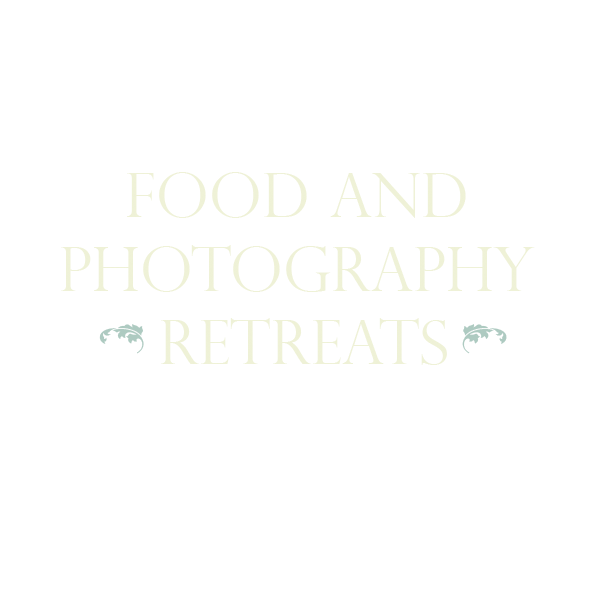Our statement on the use of AI in image creation
WHEN I FIRST READ ABOUT AI in Yuval Noah Harari’s 21 Lessons for the 21st Century, I unwisely put it in the same category as social media, video games, VR headsets and other fripperies of modern life that we have a long history of living without. It would come and go and have very little impact on the real, material world. Now, with AI imaging and General Purpose Technology in the form of Chat GPT and other applications, it’s clear that the implications of AI are potentially far-reaching and profound. If there is one lesson we’ve learned from the last 20 years it is that technology needs an elder sibling: ethics. Without its guiding influence, technology is an unruly brat, sure to fall in with bad company at the first opportunity. It is certainly not to be trusted to make your life better, however sweetly it smiles at you. But unfortunately, already, many people have allowed themselves to be beguiled by AI without much thought to the consequences.
I want to talk here about AI in the context of image creation. I should distinguish, too, between that used to accomplish technical tasks such as autofocus, noise reduction and subject selection and the AI used to make images from scratch by typing a string of prompts into a browser. Dall-E , Midjourney and others now make it possible for anyone with a computer and internet connection to make pretty much whatever image they like - without a camera.
The German artist and photographer, Boris Eldagsen, is one who has given a lot of thought to the consequences and was keen for the rest of us to do so too when, posing as a “cheeky monkey” he successfully entered an AI generated image, PSEUDOMNESIA : The Electrician in the Sony World Photography Awards this year - and subsequently declined his award. Unfortunately, the competition organisers’ masterclass in inept crisis management has acted as a distraction from Eldagsen’s serious purpose of forcing awareness of the very real difference between photographs and promptographs (a term coined by Peruvian photographer, Christian Vinces). And that matters because promptographs can look just like photographs, with all that entails.
I remember similar reactions amongst nature photographers in the 1990’s and early 2000’s when photographs of predators hired from game farms were often preferred by editors over less-than-perfect images of wild individuals. And then again over the pioneering digital work of Steve Bloom. At the nub of it all was the notion that the viewers were being deceived, that their hope that, with time and resources, they too could have the same experience, was a false one. Well, AI dwarfs these concerns, that’s for sure.
But proponents - indeed anyone who argues that the final image is all that matters - are missing the point. Photographs are ultimately about stories and part of the story is their creation.
How does the purely cognitive experience of sitting at a computer screen, perhaps even using Chat GPT to generate the prompts for you, compare with being outside with a camera, warmed by the sun or soaked by the rain, feeling frustration or elation in a physical sense, having a story to tell at the end of the day? To my mind, the experiential aspect of photography, and the eternal possibility of recording something novel, makes it an incomparably richer and more fulfilling medium to work in than the recombinant technology of AI and its lack of physical demand. Ask Chat GPT what is going to happen next year it is silent. The data sets is draws upon end today. The creative photographer, in contrast, has the capacity to imagine and dream what will be - then to realise it.
You can be sure that once the current hen-house hysteria has died down, many creative people will quietly get on with adopting AI and it will become normalised - for better or worse. That’s why those of us who want to continue to make our own novel work - rather than scrape and recombine in an AI app. - would be wise to signal its genesis and to tell our own creation stories.
In a library, there is a section for fiction and one for non-fiction. Now that we can’t rely on viewers telling one from the other, I think we need to be proactive in stating how our images are made. We do this not because such a system won’t be abused, not because public trust in image authenticity can ever be re-built, but just because we can’t rely on promptograph creators to be open about the circumstances under which their images are made. We need to take the initiative - to tell the viewer that the image was made using our very own Human Intelligence - and a camera.
You can download versions of this logo below and use it freely, if you use it honestly.





























